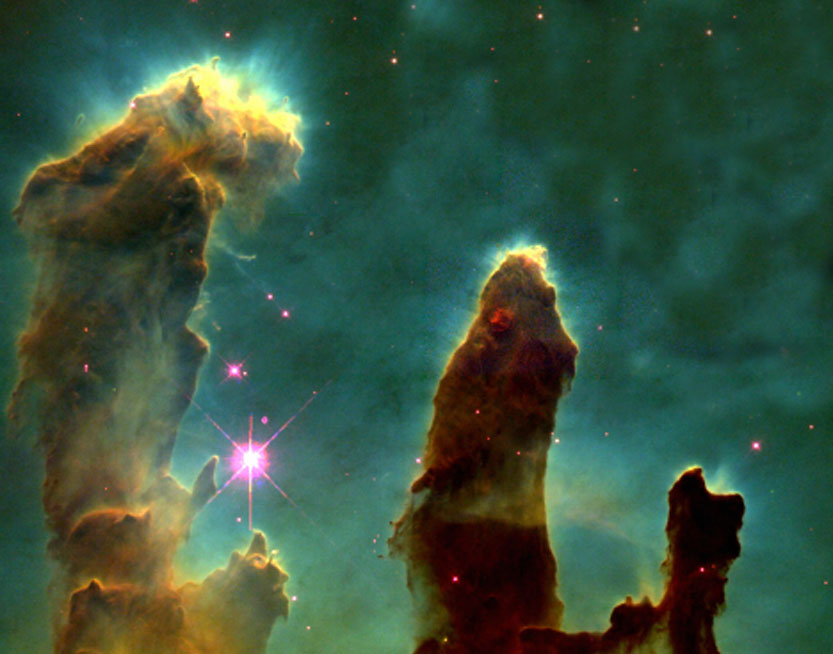Null Physics 101 | Distinguishing Ideas
Above the equations that comprise the backbone of Null Physics rest the implications of how this cosmology theory impacts how we view the universe and every day life. Below are just a few of the topics touched by Null Physics
Null Physics is a unified theory derived from logic and empirical evidence that quantifies the relationship between the physical states of existence and nonexistence. Utilizing a broadened physical geometry, Null Physics presents a universe that exists as an intricate, four-dimensional geometry composed exclusively of unbounded quantities of energy and space. By applying Null Physics as demonstrated in the book Our Undiscovered Universe, science can now define and quantify the fundamental properties of matter and energy (light) directly from geometry.
 Dimensions - Our universe only has four dimensions, three of space and one of time.
Dimensions - Our universe only has four dimensions, three of space and one of time.
Time - Is the difference of space (the fourth dimension). The entire history of our universe - every moment in time - is located somewhere in space at this very instant.
Unit Hypervolume - All physical constants are derived from a single universal boundary condition, the finite four-dimensional size of infinite, three-dimensional space.
Ultrastasis - Our universe is the only universe, but three-dimensional space is so large that it contains an infinite number of infinitely large internal states. Our entire universe is a vast collection of moments that remains exactly the same from one of our local moments to the next.
Eternal Universe - Our universe never had a beginning. As such, it is quiescent and maintains a perfect state of balance. On a large scale this balance takes the form of the Cosmic Fusion Cycle (illustrated below). This is the eternal binding and unbinding of protons that takes place across all of space.

